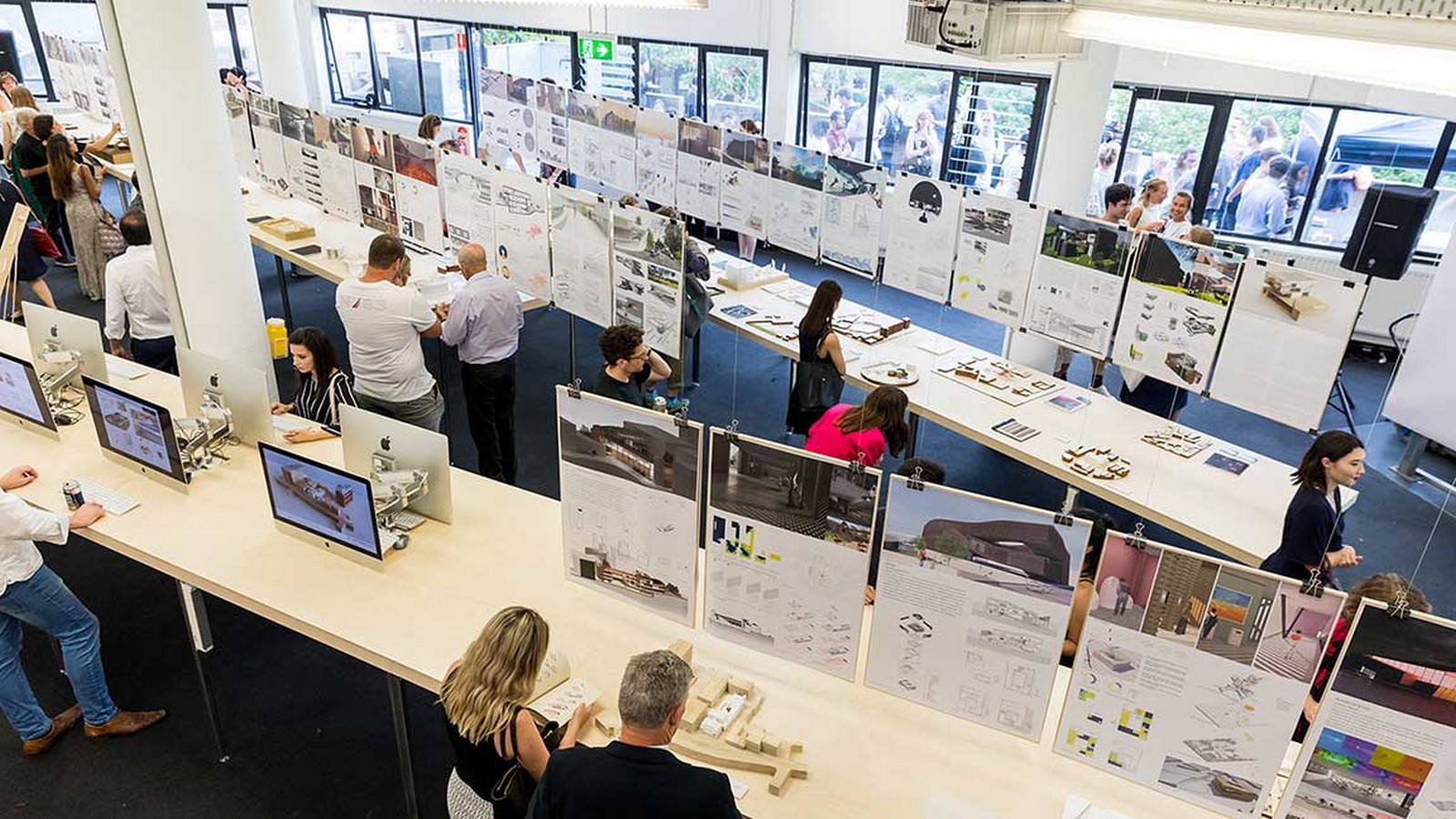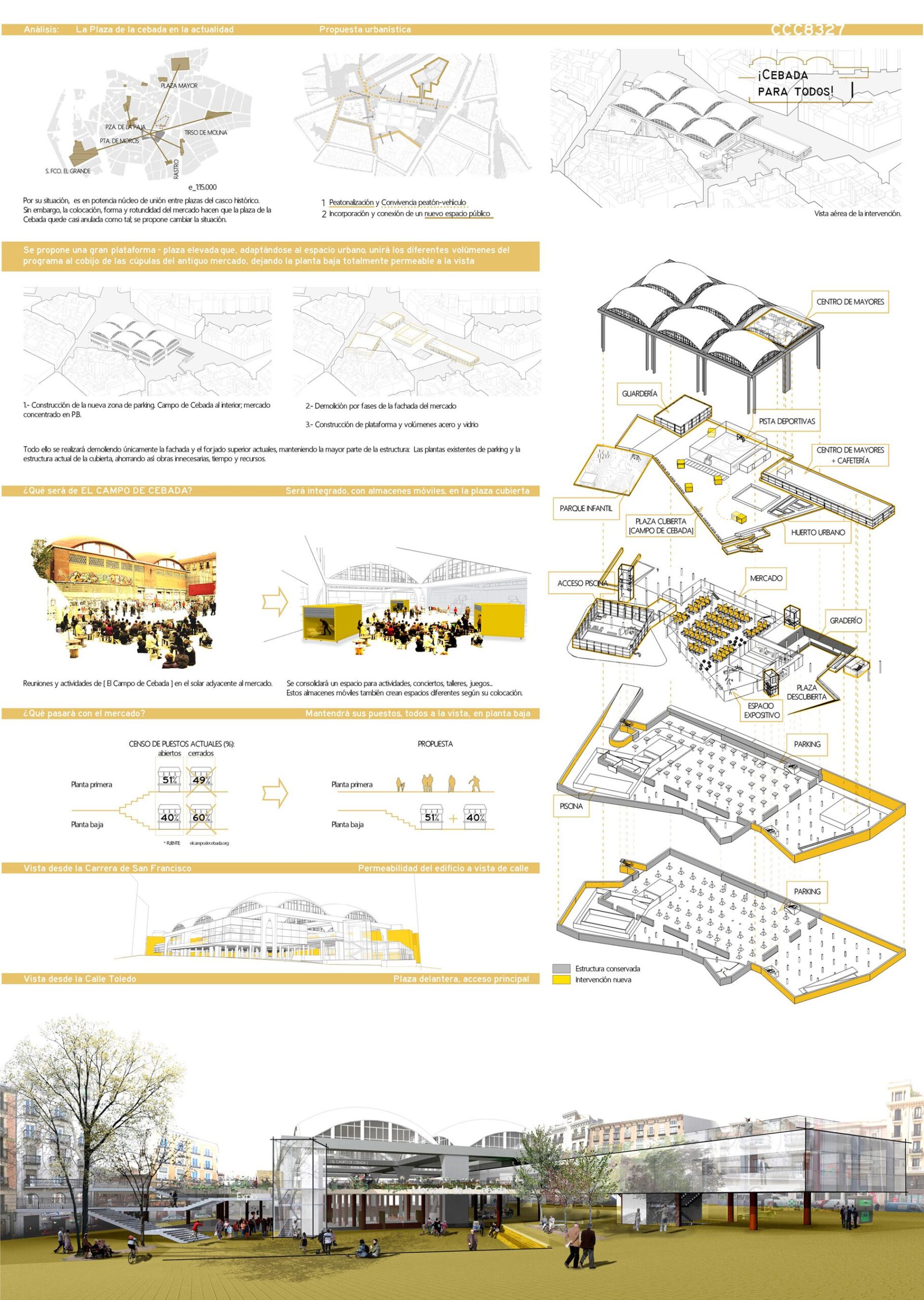- Home
- Articles
- Architectural Portfolio
- Architectral Presentation
- Inspirational Stories
- Architecture News
- Visualization
- BIM Industry
- Facade Design
- Parametric Design
- Career
- Landscape Architecture
- Construction
- Artificial Intelligence
- Sketching
- Design Softwares
- Diagrams
- Writing
- Architectural Tips
- Sustainability
- Courses
- Concept
- Technology
- History & Heritage
- Future of Architecture
- Guides & How-To
- Art & Culture
- Projects
- Interior Design
- Competitions
- Jobs
- Store
- Tools
- More
- Home
- Articles
- Architectural Portfolio
- Architectral Presentation
- Inspirational Stories
- Architecture News
- Visualization
- BIM Industry
- Facade Design
- Parametric Design
- Career
- Landscape Architecture
- Construction
- Artificial Intelligence
- Sketching
- Design Softwares
- Diagrams
- Writing
- Architectural Tips
- Sustainability
- Courses
- Concept
- Technology
- History & Heritage
- Future of Architecture
- Guides & How-To
- Art & Culture
- Projects
- Interior Design
- Competitions
- Jobs
- Store
- Tools
- More
How to Create Presentations

Architectural presentation boards serve as powerful visual tools to communicate design concepts, ideas, and solutions effectively. Whether you’re a professional architect, a student, or a business owner, creating compelling presentation boards is essential to convey your vision and capture the attention of your audience. In this article, we will guide you through the key steps to create impactful architectural presentation boards.
Table of Contents
ToggleUnderstand Your Objectives
Before diving into the creation process, clearly define the objectives of your presentation boards. Ask yourself: What do you want to communicate? What message or story do you want to convey? Understanding your goals will help you structure and organize your boards effectively.
Know Your Audience
Consider who will be viewing your presentation boards. Tailor your design and content to match their level of expertise and their specific interests. Whether it’s a client, a professor, or a competition jury, catering to their needs will ensure your boards resonate with them.
For architectural competition projects’s presentation, thoroughly understand the competition’s requirements and constraints. Identify the key elements that need to be highlighted in your presentation boards, such as design concepts, spatial arrangements, materials, and sustainability features.

Organize Your Content
Create a logical and coherent structure for your boards. Start with an introduction that captures attention and provides an overview of your project. Then, present the key elements such as site analysis, design concept, spatial organization, materials, and unique features. Conclude with a summary that reinforces your main message.
Structure your boards to convey a clear narrative. Start with an introduction to capture attention and provide an overview of the project. Then, present the design process, highlighting key decision points, design iterations, and problem-solving approaches.
Visualize Your Design
Use a combination of drawings, renderings, diagrams, and photographs to visualize your design. Include plans, elevations, sections, and 3D perspectives to provide a comprehensive understanding of the project. Use visual cues such as arrows, labels, and callouts to guide the viewer’s attention. Use sketches, diagrams, and renderings to illustrate your design ideas. Include plans, sections, and elevations to showcase the spatial qualities and circulation patterns of your project. Incorporate photographs or digital collages to create a sense of context. Including clear visual aids used in a presentation helps your audience grasp complex design ideas more quickly and effectively.
Use Consistent Graphic Style
Establish a consistent graphic style throughout your presentation boards. Choose a harmonious color palette that complements your design and evokes the desired mood. Select fonts that are easy to read and maintain a consistent hierarchy for headings, subheadings, and body text.

Balance Text and Visuals
Avoid overwhelming your boards with excessive text. Use concise and informative captions, labels, and annotations to explain key design decisions, materials, and other relevant details. Let the visuals speak for themselves, but ensure they are accompanied by enough contextual information to provide clarity.
Tell a Compelling Story
Your presentation boards should tell a story that engages and captivates the viewer. Start with a strong narrative that introduces the problem or context, then progress through the design process, highlighting key decisions, challenges, and solutions. Maintain a clear and logical flow throughout.
Pay Attention to Detail
Ensure your presentation boards are visually polished and professional. Check for spelling and grammatical errors. Align and arrange your elements precisely. Maintain consistent spacing and proportions. Attention to detail enhances the overall quality and credibility of your presentation.
Balance Text and Visuals
Avoid overwhelming your boards with excessive text. Use concise and informative captions, labels, and annotations to explain key design decisions, materials, and other relevant details. Let the visuals speak for themselves, but ensure they are accompanied by enough contextual information to provide clarity.
Tell a Compelling Story
Your presentation boards should tell a story that engages and captivates the viewer. Start with a strong narrative that introduces the problem or context, then progress through the design process, highlighting key decisions, challenges, and solutions. Maintain a clear and logical flow throughout.
Pay Attention to Detail
Ensure your presentation boards are visually polished and professional. Check for spelling and grammatical errors. Align and arrange your elements precisely. Maintain consistent spacing and proportions. Attention to detail enhances the overall quality and credibility of your presentation.
By following these steps, you can create compelling architectural presentation boards that effectively convey your design vision, whether it’s for a competition, a student project, or a business proposal. Remember to be concise, visually engaging, and to let your creativity shine through!

Submit your architectural projects
Follow these steps for submission your project. Submission FormLatest Posts
Innovative Cleaning for Modern Materials: How Hydroblasting Supports Architectural Design
Modern buildings don’t hide what they’re made of anymore. Glass is meant...
How to Improve Driving Conditions Around Your Office
Driving to work can feel like navigating a challenge. Traffic jams, potholes,...
Practical Solutions for Modern Home Improvements
Home improvements work best when they solve real problems. Focus on changes...
The Ultimate Guide to the SaaS Localization Process: Navigating Global Markets with Precision
The Software-as-a-Service (SaaS) model has revolutionized how businesses operate by providing cloud-based...












Leave a comment